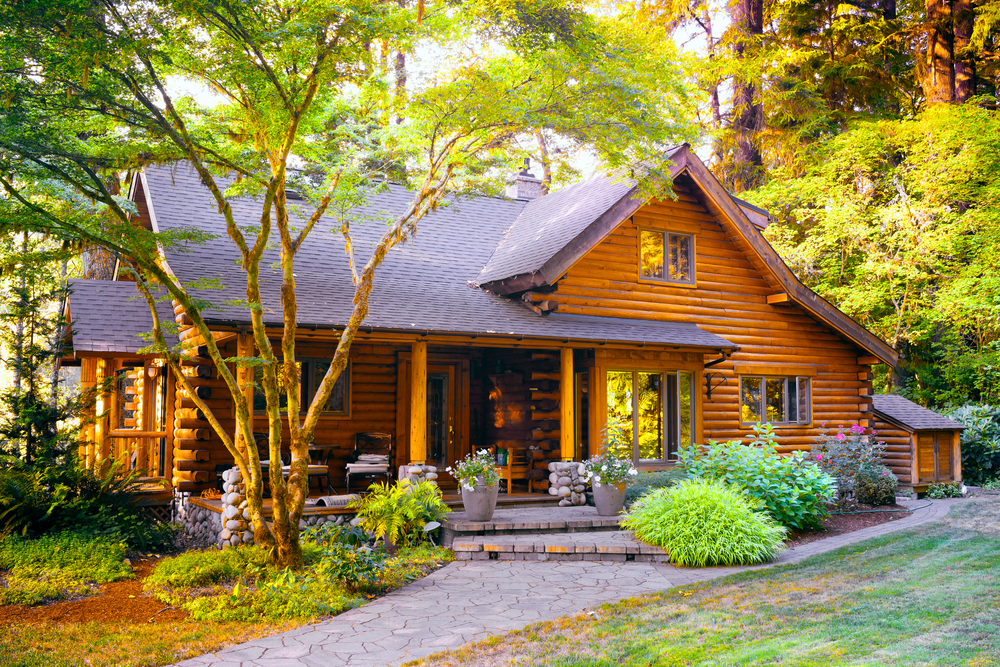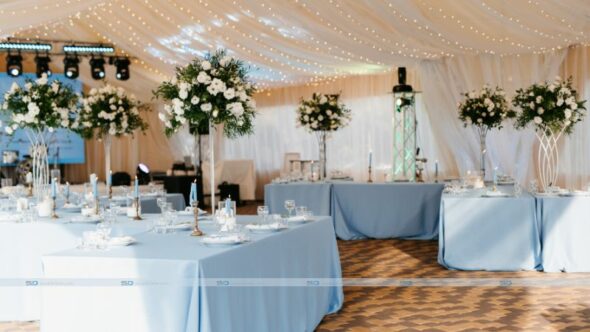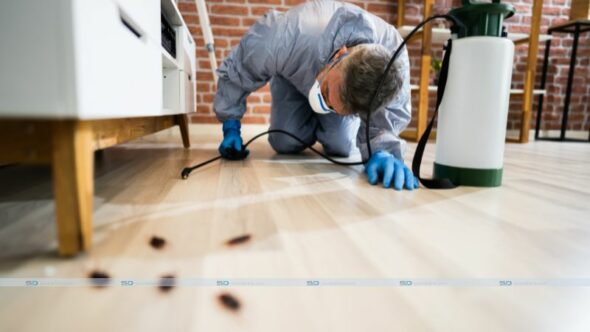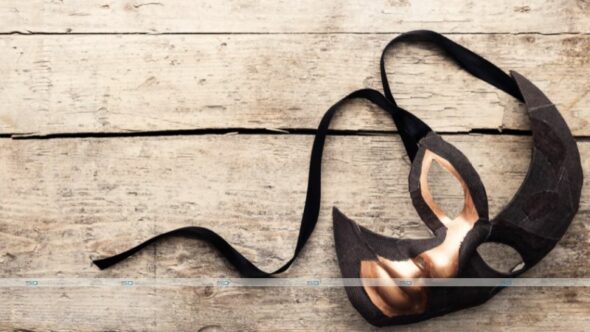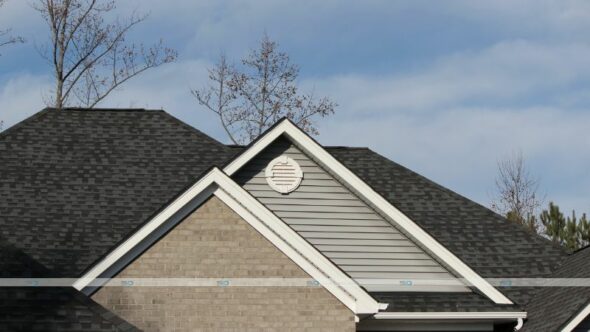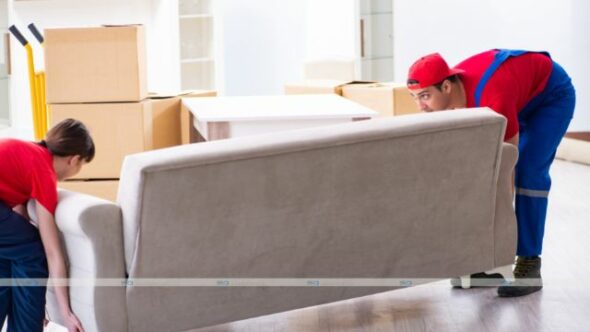Log homes and cabin real estate are absolutely beautiful and provide a sense of peace, tranquility, and a kind of oneness with nature that is hard to evoke in other types of homes. Whether the log home is your main living environment or a calm vacation location that you can bring the family to when you’re looking to unwind, investing in a log home is a great choice. Still, log homes are not without their issues, and they require a great deal of maintenance to ensure that you get the most out of the home and avoid any potential problems that could result to damage in or outside of the structure. According to premiumloghouse.ie if you’re planning to buy a log home, here are the most common issues that affect the overall building and ones that you should be looking out for when you begin your home-buying journey.
Insect infestations and large groupings of holes close together
When it comes to man versus nature, nature often wins, and this is no truer than with a log home that hasn’t been well-maintained. Because the house is made entirely of wood, it’s no surprise that insects will sometimes move in. Insects such as carpenter ants, termites, carpenter bees, and powder post beetles have all been known to make their home in log cabins. So, how can you tell? The biggest clue you will find (aside from seeing the insects come out of the wood or inside the house) is many holes burrowed into certain sections of the wood. Normally, a hole here and there is natural, but when you find groups of holes close to each other and in unnatural numbers, this could be a sign of insect infestation, which is definitely something to avoid when you are shopping for a log home or searching for cabins for purchase.
2. Rot as a result of extensive moisture exposure
If you’re living in a log home, chances are that you are living in an area where you receive a fair amount of rain. The problem with any type of moisture is, if the home is not being properly maintained, the moisture can harm the condition of the wood that makes up your home. That’s not something that can be tolerated if you expect your home to be a safe place. The most obvious sign of wood rot is blackened areas on the external sections of the logs that take up quite a bit of space. Sometimes, the rot can be found mostly on the inside of the log and you can easily tap on the logs to see whether this is the case. Healthy logs will sound full while rotting logs will sound hollow. It is extremely important to inspect the health of the wood because it’s the foundation and the body of your log home. It is important to hire a residential foundation repair specialist if there are issues with the home’s foundation.
Lack of staining and chinking or caulking
Different chemicals and substances are used on the outside of your home to further protect it. For example, certain stains are applied to the surface of your wood to help protect it from the sun’s rays, from moisture damage, and from insects who are looking to burrow their way into the wood. Caulking or chinking is often applied to the areas between logs to prevent anything undesirable from getting inside. If the stain isn’t holding up (you can check this by seeing whether water beads on the surface of the wood or if it is absorbed) or if the sealant job is clearly missing sections, you will quickly need to fix these before more problems arise.
A lot goes into taking care of a log home and you need to carefully inspect any log home before you purchase it. However, these inspection lists are often lengthy and you may not always know what you should be looking for, which may become a problem for you in the future. No wonder it pays dividends to hire professionals, such as Wetaskiwin home inspection, to do the work for you.
The solution? Hire someone who does know what should be expected from a log cabin. Some great companies conduct log home inspections in Florida and, with the right expertise, you can make sure that your log home is ready for you long before you purchase it.
Image: Log Homes via Shutterstock/Dancestrokes

